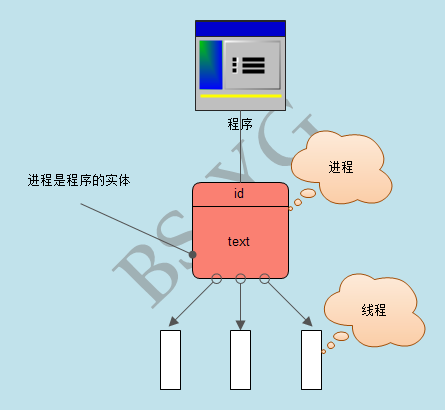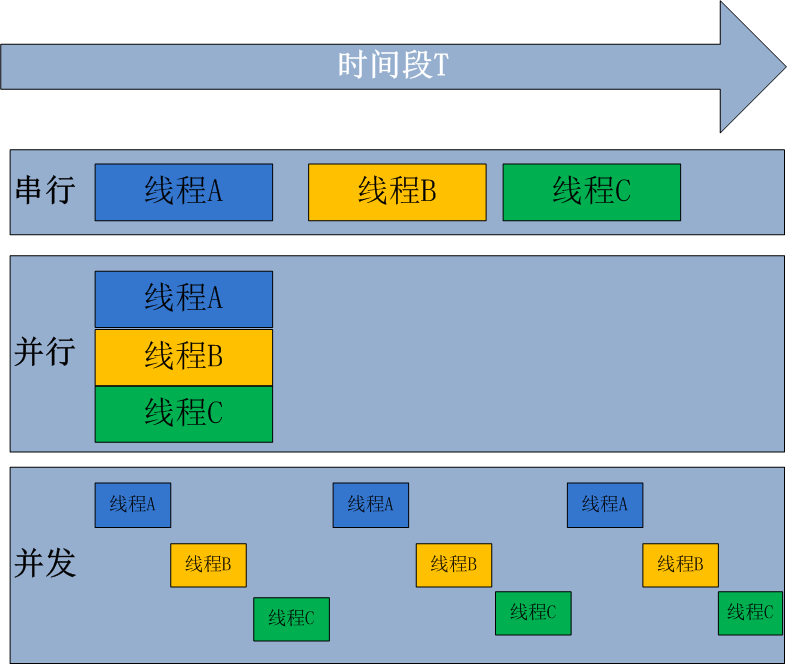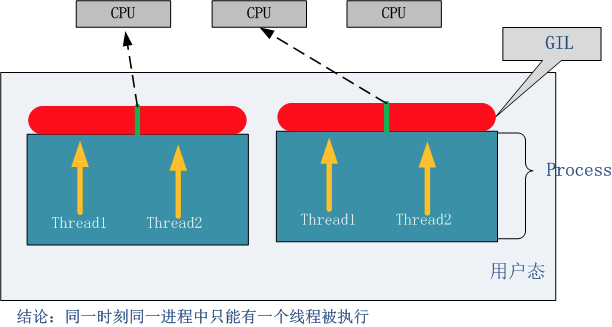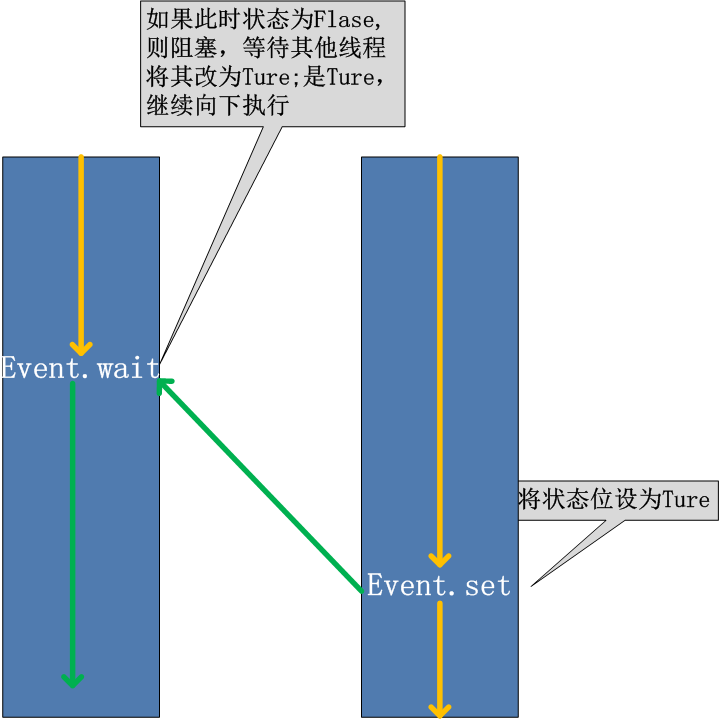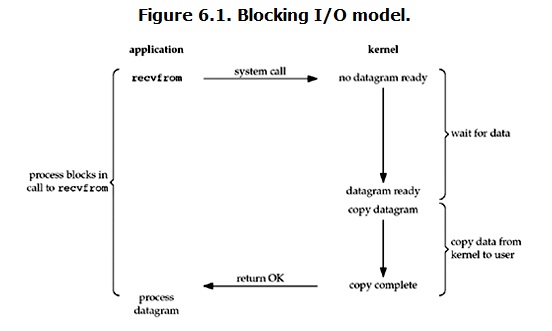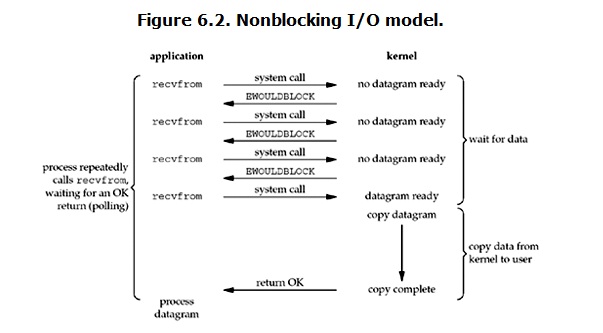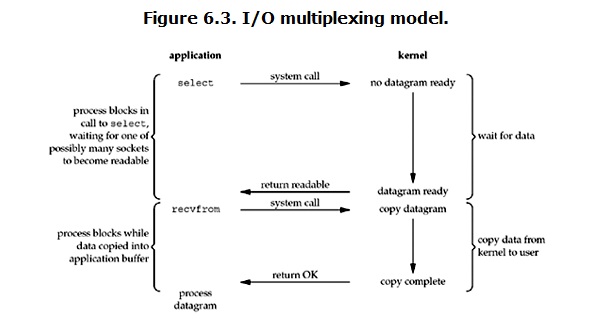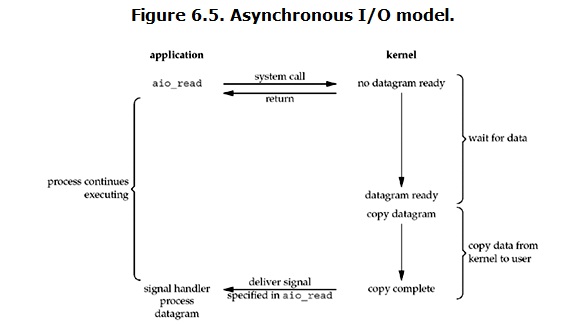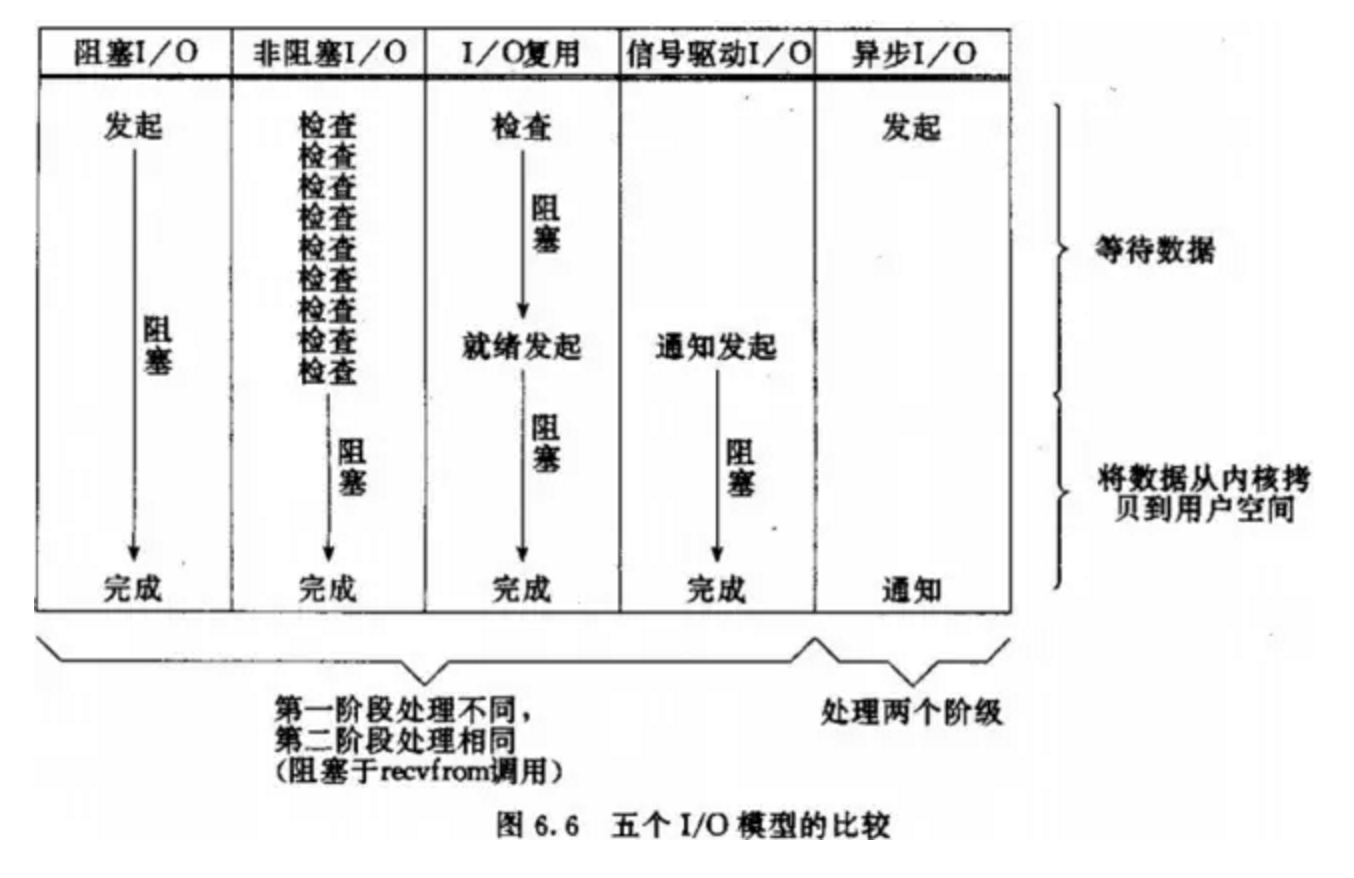https://www.cnblogs.com/yuanchenqi/articles/6755717.html
一 进程与线程的概念
1.1 进程
1.2 线程
1.3 进程与线程的关系
1.4 并行和并发
1.5 同步与异步
二 threading模块
2.1 线程对象的创建
2.1.1 Thread类直接创建
import threading
import time
def countNum(n): # 定义某个线程要运行的函数
print("running on number:%s" %n)
time.sleep(3)
if __name__ == '__main__':
t1 = threading.Thread(target=countNum,args=(23,)) #生成一个线程实例
t2 = threading.Thread(target=countNum,args=(34,))
t1.start() #启动线程
t2.start()
print("ending!")
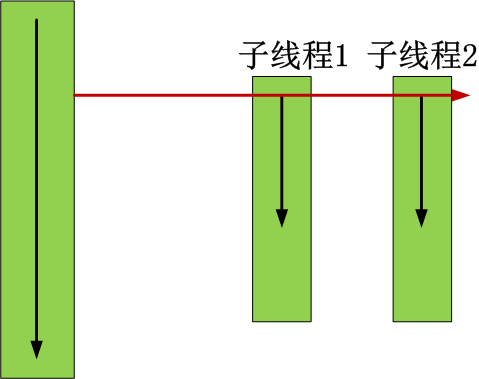
2.1.2 Thread类继承式创建
#继承Thread式创建
import threading
import time
class MyThread(threading.Thread):
def __init__(self,num):
threading.Thread.__init__(self)
self.num=num
def run(self):
print("running on number:%s" %self.num)
time.sleep(3)
t1=MyThread(56)
t2=MyThread(78)
t1.start()
t2.start()
print("ending")
2.2 Thread类的实例方法
2.2.1 join()和setDaemon()
# join():在子线程完成运行之前,这个子线程的父线程将一直被阻塞。
# setDaemon(True):
'''
将线程声明为守护线程,必须在start() 方法调用之前设置,如果不设置为守护线程程序会被无限挂起。
当我们在程序运行中,执行一个主线程,如果主线程又创建一个子线程,主线程和子线程 就分兵两路,分别运行,那么当主线程完成
想退出时,会检验子线程是否完成。如果子线程未完成,则主线程会等待子线程完成后再退出。但是有时候我们需要的是只要主线程
完成了,不管子线程是否完成,都要和主线程一起退出,这时就可以 用setDaemon方法啦'''
import threading
from time import ctime,sleep
import time
def Music(name):
print ("Begin listening to {name}. {time}".format(name=name,time=ctime()))
sleep(3)
print("end listening {time}".format(time=ctime()))
def Blog(title):
print ("Begin recording the {title}. {time}".format(title=title,time=ctime()))
sleep(5)
print('end recording {time}'.format(time=ctime()))
threads = []
t1 = threading.Thread(target=Music,args=('FILL ME',))
t2 = threading.Thread(target=Blog,args=('',))
threads.append(t1)
threads.append(t2)
if __name__ == '__main__':
#t2.setDaemon(True)
for t in threads:
#t.setDaemon(True) #注意:一定在start之前设置
t.start()
#t.join()
#t1.join()
#t2.join() # 考虑这三种join位置下的结果?
print ("all over %s" %ctime())

daemon
A boolean value indicating whether this thread is a daemon thread (True) or not (False). This must be set before start() is called, otherwise RuntimeError is raised. Its initial value is inherited from the creating thread; the main thread is not a daemon thread and therefore all threads created in the main thread default to daemon = False.
The entire Python program exits when no alive non-daemon threads are left.
当daemon被设置为True时,如果主线程退出,那么子线程也将跟着退出,
反之,子线程将继续运行,直到正常退出。
2.2.2 其它方法
Thread实例对象的方法
# isAlive(): 返回线程是否活动的。
# getName(): 返回线程名。
# setName(): 设置线程名。
threading模块提供的一些方法:
# threading.currentThread(): 返回当前的线程变量。
# threading.enumerate(): 返回一个包含正在运行的线程的list。正在运行指线程启动后、结束前,不包括启动前和终止后的线程。
# threading.activeCount(): 返回正在运行的线程数量,与len(threading.enumerate())有相同的结果。
2.3 GIL(全局解释器锁)
'''
定义:
In CPython, the global interpreter lock, or GIL, is a mutex that prevents multiple
native threads from executing Python bytecodes at once. This lock is necessary mainly
because CPython’s memory management is not thread-safe. (However, since the GIL
exists, other features have grown to depend on the guarantees that it enforces.)
'''
Python中的线程是操作系统的原生线程,Python虚拟机使用一个全局解释器锁(Global Interpreter Lock)来互斥线程对Python虚拟机的使用。为了支持多线程机制,一个基本的要求就是需要实现不同线程对共享资源访问的互斥,所以引入了GIL。
GIL:在一个线程拥有了解释器的访问权之后,其他的所有线程都必须等待它释放解释器的访问权,即使这些线程的下一条指令并不会互相影响。
在调用任何Python C API之前,要先获得GIL
GIL缺点:多处理器退化为单处理器;优点:避免大量的加锁解锁操作
2.3.1 GIL的早期设计
2.3.2 GIL的影响
计算密集型:
 View Code
View Code2.3.3 解决方案
2.4 同步锁 (Lock)
import time
import threading
def addNum():
global num #在每个线程中都获取这个全局变量
#num-=1
temp=num
time.sleep(0.1)
num =temp-1 # 对此公共变量进行-1操作
num = 100 #设定一个共享变量
thread_list = []
for i in range(100):
t = threading.Thread(target=addNum)
t.start()
thread_list.append(t)
for t in thread_list: #等待所有线程执行完毕
t.join()
print('Result: ', num)
锁通常被用来实现对共享资源的同步访问。为每一个共享资源创建一个Lock对象,当你需要访问该资源时,调用acquire方法来获取锁对象(如果其它线程已经获得了该锁,则当前线程需等待其被释放),待资源访问完后,再调用release方法释放锁:
import threading
R=threading.Lock()
R.acquire()
'''
对公共数据的操作
'''
R.release()
扩展思考
 View Code
View Code2.5 死锁与递归锁
2.6 Event对象
2.7 Semaphore(信号量)
import threading
import time
semaphore = threading.Semaphore(5)
def func():
if semaphore.acquire():
print (threading.currentThread().getName() + ' get semaphore')
time.sleep(2)
semaphore.release()
for i in range(20):
t1 = threading.Thread(target=func)
t1.start()
应用:连接池
思考:与Rlock的区别?
2.8 队列(queue)
queue is especially useful in threaded programming when information must be exchanged safely between multiple threads.
2.8.1 get与put方法
'''
创建一个“队列”对象
import Queue
q = Queue.Queue(maxsize = 10)
Queue.Queue类即是一个队列的同步实现。队列长度可为无限或者有限。可通过Queue的构造函数的可选参数
maxsize来设定队列长度。如果maxsize小于1就表示队列长度无限。
将一个值放入队列中
q.put(10)
调用队列对象的put()方法在队尾插入一个项目。put()有两个参数,第一个item为必需的,为插入项目的值;
第二个block为可选参数,默认为
1。如果队列当前为空且block为1,put()方法就使调用线程暂停,直到空出一个数据单元。如果block为0,
put方法将引发Full异常。
将一个值从队列中取出
q.get()
调用队列对象的get()方法从队头删除并返回一个项目。可选参数为block,默认为True。如果队列为空且
block为True,get()就使调用线程暂停,直至有项目可用。如果队列为空且block为False,队列将引发Empty异常。
'''
2.8.2 join与task_done方法
'''
join() 阻塞进程,直到所有任务完成,需要配合另一个方法task_done。
def join(self):
with self.all_tasks_done:
while self.unfinished_tasks:
self.all_tasks_done.wait()
task_done() 表示某个任务完成。每一条get语句后需要一条task_done。
import queue
q = queue.Queue(5)
q.put(10)
q.put(20)
print(q.get())
q.task_done()
print(q.get())
q.task_done()
q.join()
print("ending!")
'''
2.8.3 其他常用方法
'''
此包中的常用方法(q = Queue.Queue()):
q.qsize() 返回队列的大小
q.empty() 如果队列为空,返回True,反之False
q.full() 如果队列满了,返回True,反之False
q.full 与 maxsize 大小对应
q.get([block[, timeout]]) 获取队列,timeout等待时间
q.get_nowait() 相当q.get(False)非阻塞
q.put(item) 写入队列,timeout等待时间
q.put_nowait(item) 相当q.put(item, False)
q.task_done() 在完成一项工作之后,q.task_done() 函数向任务已经完成的队列发送一个信号
q.join() 实际上意味着等到队列为空,再执行别的操作
'''
2.8.4 其他模式
'''
Python Queue模块有三种队列及构造函数:
1、Python Queue模块的FIFO队列先进先出。 class queue.Queue(maxsize)
2、LIFO类似于堆,即先进后出。 class queue.LifoQueue(maxsize)
3、还有一种是优先级队列级别越低越先出来。 class queue.PriorityQueue(maxsize)
import queue
#先进后出
q=queue.LifoQueue()
q.put(34)
q.put(56)
q.put(12)
#优先级
q=queue.PriorityQueue()
q.put([5,100])
q.put([7,200])
q.put([3,"hello"])
q.put([4,{"name":"alex"}])
while 1:
data=q.get()
print(data)
'''
2.8.5 生产者消费者模型
在线程世界里,生产者就是生产数据的线程,消费者就是消费数据的线程。在多线程开发当中,如果生产者处理速度很快,而消费者处理速度很慢,那么生产者就必须等待消费者处理完,才能继续生产数据。同样的道理,如果消费者的处理能力大于生产者,那么消费者就必须等待生产者。为了解决这个问题于是引入了生产者和消费者模式。
生产者消费者模式是通过一个容器来解决生产者和消费者的强耦合问题。生产者和消费者彼此之间不直接通讯,而通过阻塞队列来进行通讯,所以生产者生产完数据之后不用等待消费者处理,直接扔给阻塞队列,消费者不找生产者要数据,而是直接从阻塞队列里取,阻塞队列就相当于一个缓冲区,平衡了生产者和消费者的处理能力。
这就像,在餐厅,厨师做好菜,不需要直接和客户交流,而是交给前台,而客户去饭菜也不需要不找厨师,直接去前台领取即可,这也是一个结耦的过程。
import time,random
import queue,threading
q = queue.Queue()
def Producer(name):
count = 0
while count <10:
print("making........")
time.sleep(random.randrange(3))
q.put(count)
print('Producer %s has produced %s baozi..' %(name, count))
count +=1
#q.task_done()
#q.join()
print("ok......")
def Consumer(name):
count = 0
while count <10:
time.sleep(random.randrange(4))
if not q.empty():
data = q.get()
#q.task_done()
#q.join()
print(data)
print('\033[32;1mConsumer %s has eat %s baozi...\033[0m' %(name, data))
else:
print("-----no baozi anymore----")
count +=1
p1 = threading.Thread(target=Producer, args=('A',))
c1 = threading.Thread(target=Consumer, args=('B',))
# c2 = threading.Thread(target=Consumer, args=('C',))
# c3 = threading.Thread(target=Consumer, args=('D',))
p1.start()
c1.start()
# c2.start()
# c3.start()
三 multiprocessing模块
# Process类调用
from multiprocessing import Process
import time
def f(name):
print('hello', name,time.ctime())
time.sleep(1)
if __name__ == '__main__':
p_list=[]
for i in range(3):
p = Process(target=f, args=('alvin:%s'%i,))
p_list.append(p)
p.start()
for i in p_list:
p.join()
print('end')
# 继承Process类调用
from multiprocessing import Process
import time
class MyProcess(Process):
def __init__(self):
super(MyProcess, self).__init__()
# self.name = name
def run(self):
print ('hello', self.name,time.ctime())
time.sleep(1)
if __name__ == '__main__':
p_list=[]
for i in range(3):
p = MyProcess()
p.start()
p_list.append(p)
for p in p_list:
p.join()
print('end')
3.2 process类
构造方法:
Process([group [, target [, name [, args [, kwargs]]]]])
group: 线程组,目前还没有实现,库引用中提示必须是None;
target: 要执行的方法;
name: 进程名;
args/kwargs: 要传入方法的参数。
实例方法:
is_alive():返回进程是否在运行。
join([timeout]):阻塞当前上下文环境的进程程,直到调用此方法的进程终止或到达指定的timeout(可选参数)。
start():进程准备就绪,等待CPU调度
run():strat()调用run方法,如果实例进程时未制定传入target,这star执行t默认run()方法。
terminate():不管任务是否完成,立即停止工作进程
属性:
daemon:和线程的setDeamon功能一样
name:进程名字。
pid:进程号。
from multiprocessing import Process
import os
import time
def info(name):
print("name:",name)
print('parent process:', os.getppid())
print('process id:', os.getpid())
print("------------------")
time.sleep(1)
def foo(name):
info(name)
if __name__ == '__main__':
info('main process line')
p1 = Process(target=info, args=('alvin',))
p2 = Process(target=foo, args=('egon',))
p1.start()
p2.start()
p1.join()
p2.join()
print("ending")
通过tasklist(Win)或者ps -elf |grep(linux)命令检测每一个进程号(PID)对应的进程名
3.3 进程间通讯
3.3.1 进程对列Queue
from multiprocessing import Process, Queue
import queue
def f(q,n):
#q.put([123, 456, 'hello'])
q.put(n*n+1)
print("son process",id(q))
if __name__ == '__main__':
q = Queue() #try: q=queue.Queue()
print("main process",id(q))
for i in range(3):
p = Process(target=f, args=(q,i))
p.start()
print(q.get())
print(q.get())
print(q.get())
3.3.2 管道(pipe)
The Pipe() function returns a pair of connection objects connected by a pipe which by default is duplex (two-way). For example:
from multiprocessing import Process, Pipe
def f(conn):
conn.send([12, {"name":"yuan"}, 'hello'])
response=conn.recv()
print("response",response)
conn.close()
if __name__ == '__main__':
parent_conn, child_conn = Pipe()
p = Process(target=f, args=(child_conn,))
p.start()
print(parent_conn.recv()) # prints "[42, None, 'hello']"
parent_conn.send("儿子你好!")
p.join()
Pipe()返回的两个连接对象代表管道的两端。 每个连接对象都有send()和recv()方法(等等)。 请注意,如果两个进程(或线程)尝试同时读取或写入管道的同一端,管道中的数据可能会损坏。
3.3.3 manager
Queue和pipe只是实现了数据交互,并没实现数据共享,即一个进程去更改另一个进程的数据。
A manager object returned by Manager() controls a server process which holds Python objects and allows other processes to manipulate them using proxies.
from multiprocessing import Process, Manager
def f(d, l,n):
d[n] = n
d["name"] ="alvin"
l.append(n)
#print("l",l)
if __name__ == '__main__':
with Manager() as manager:
d = manager.dict()
l = manager.list(range(5))
p_list = []
for i in range(10):
p = Process(target=f, args=(d,l,i))
p.start()
p_list.append(p)
for res in p_list:
res.join()
print(d)
print(l)
3.4 进程池
进程池内部维护一个进程序列,当使用时,则去进程池中获取一个进程,如果进程池序列中没有可供使用的进进程,那么程序就会等待,直到进程池中有可用进程为止。
from multiprocessing import Pool
import time
def foo(args):
time.sleep(1)
print(args)
if __name__ == '__main__':
p = Pool(5)
for i in range(30):
p.apply_async(func=foo, args= (i,))
p.close() # 等子进程执行完毕后关闭线程池
# time.sleep(2)
# p.terminate() # 立刻关闭线程池
p.join()
进程池内部维护一个进程序列,当使用时,去进程池中获取一个进程,如果进程池序列中没有可供使用的进程,那么程序就会等待,直到进程池中有可用进程为止。
进程池中有以下几个主要方法:
- apply:从进程池里取一个进程并执行
- apply_async:apply的异步版本
- terminate:立刻关闭线程池
- join:主进程等待所有子进程执行完毕,必须在close或terminate之后
- close:等待所有进程结束后,才关闭线程池
四 协程
协程,又称微线程,纤程。英文名Coroutine。一句话说明什么是线程:协程是一种用户态的轻量级线程。
协程拥有自己的寄存器上下文和栈。协程调度切换时,将寄存器上下文和栈保存到其他地方,在切回来的时候,恢复先前保存的寄存器上下文和栈。因此:
协程能保留上一次调用时的状态(即所有局部状态的一个特定组合),每次过程重入时,就相当于进入上一次调用的状态,换种说法:进入上一次离开时所处逻辑流的位置。
4.1 yield与协程
import time
"""
传统的生产者-消费者模型是一个线程写消息,一个线程取消息,通过锁机制控制队列和等待,但一不小心就可能死锁。
如果改用协程,生产者生产消息后,直接通过yield跳转到消费者开始执行,待消费者执行完毕后,切换回生产者继续生产,效率极高。
"""
# 注意到consumer函数是一个generator(生成器):
# 任何包含yield关键字的函数都会自动成为生成器(generator)对象
def consumer():
r = ''
while True:
# 3、consumer通过yield拿到消息,处理,又通过yield把结果传回;
# yield指令具有return关键字的作用。然后函数的堆栈会自动冻结(freeze)在这一行。
# 当函数调用者的下一次利用next()或generator.send()或for-in来再次调用该函数时,
# 就会从yield代码的下一行开始,继续执行,再返回下一次迭代结果。通过这种方式,迭代器可以实现无限序列和惰性求值。
n = yield r
if not n:
return
print('[CONSUMER] ←← Consuming %s...' % n)
time.sleep(1)
r = '200 OK'
def produce(c):
# 1、首先调用c.next()启动生成器
next(c)
n = 0
while n < 5:
n = n + 1
print('[PRODUCER] →→ Producing %s...' % n)
# 2、然后,一旦生产了东西,通过c.send(n)切换到consumer执行;
cr = c.send(n)
# 4、produce拿到consumer处理的结果,继续生产下一条消息;
print('[PRODUCER] Consumer return: %s' % cr)
# 5、produce决定不生产了,通过c.close()关闭consumer,整个过程结束。
c.close()
if __name__=='__main__':
# 6、整个流程无锁,由一个线程执行,produce和consumer协作完成任务,所以称为“协程”,而非线程的抢占式多任务。
c = consumer()
produce(c)
'''
result:
[PRODUCER] →→ Producing 1...
[CONSUMER] ←← Consuming 1...
[PRODUCER] Consumer return: 200 OK
[PRODUCER] →→ Producing 2...
[CONSUMER] ←← Consuming 2...
[PRODUCER] Consumer return: 200 OK
[PRODUCER] →→ Producing 3...
[CONSUMER] ←← Consuming 3...
[PRODUCER] Consumer return: 200 OK
[PRODUCER] →→ Producing 4...
[CONSUMER] ←← Consuming 4...
[PRODUCER] Consumer return: 200 OK
[PRODUCER] →→ Producing 5...
[CONSUMER] ←← Consuming 5...
[PRODUCER] Consumer return: 200 OK
'''
4.2 greenlet
from greenlet import greenlet
def test1():
print (12)
gr2.switch()
print (34)
gr2.switch()
def test2():
print (56)
gr1.switch()
print (78)
gr1 = greenlet(test1)
gr2 = greenlet(test2)
gr1.switch()


